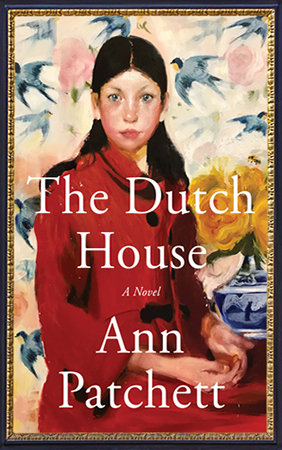 The Dutch House is Patchett’s eighth novel, a dark, compelling fairy tale of family, ambition, and home. It reflects the author’s values about family. The house itself is much more than the backdrop for this compelling story. It is the plot’s focus, drawing all the characters into its web. It changes everybody’s lives.
The Dutch House is Patchett’s eighth novel, a dark, compelling fairy tale of family, ambition, and home. It reflects the author’s values about family. The house itself is much more than the backdrop for this compelling story. It is the plot’s focus, drawing all the characters into its web. It changes everybody’s lives.
Ann draws the reader into the story through the clever use of flashbacks. The two central characters, the brother and sister, are portrayed where they are most comfortable, sitting in a car spying on their former home. The siblings have varying recollections of their childhood experiences there, presumably due to their age differences. The narrator, Danny, relies on his sister to fill in the gaps in his memories.
The author redeemed the characters, who appear to act immorally. The mother who abandons her children is a troubled, simple woman whose husband ignored her wishes. According to his son, the husband does not know his second wife, Andrea, who gets her dream fulfilled by owning the house, will end up with dementia.
The author weaves into the story the theme of “like father like son.” Knowing how his father’s obsession took him away from his family did not stop the son from following in his footsteps, even losing his wife.
Although the book successfully portrays the author’s message that money cannot buy happiness and success can be a burden, there are a few credibility gaps. Children were forced to leave their homes without any rights. Danny had rigorous training to be a doctor when he wanted to work in real estate. Danny appeared to sleep throughout his adulthood, allowing his sister to dominate his life, including his marriage.
Readers Ink Club Member Rating: 7.7
Review by Terri Fitzsimmons
